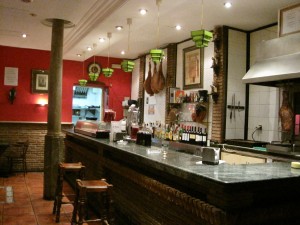“Ah, Madrid… you chose the perfect city to visit in Europe.” Those were the words of Javier, an extremely friendly Spanish guy who sat next to me on the flight from London to Madrid during the second week of my two and a half week Fall Break. After four days of being in Spain’s capital, Javier couldn’t have been more correct. What a great city, what a fantastic culture, and what an unforgettable experience in the heart of Spain.
My first taste of Madrid and Spanish culture arrived where most people wouldn’t expect, but for those who know me would hardly come as much of a surprise. Shorty after taking the Metro from Madrid Barajas Airpot to the western part of the city and getting situated at my friend’s apartment, I joined the masses and headed for the Vicente Calderon – the home of Atletico Madrid. Although nowhere near as popular or successful as cross-town rivals and world-renowned European giants Real Madrid, Atletico are one of the best teams in the La Liga, Spain’s first division, and just came off of a season in which they won the Europa Cup.
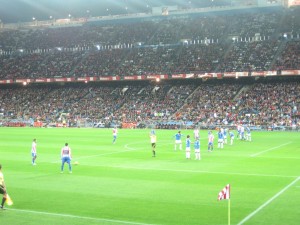
My first taste of Spanish football
I can’t say that I’m much of an Atletico Madrid fan, but going to a Spanish futbol match was undoubtedly something I just couldn’t pass up. Despite Atetico drawing 1-1 with U.D. Almeria, a smaller club from southern Spain, it was still a highly entertaining match and an experience I’ll never forget. Going to football games in England is one thing, but witnessing the beautiful game in the country that just won the World Cup was an experience of its own. It was without a doubt the perfect way to kick-off my trip to Madrid.
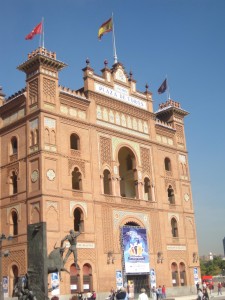
Plaza Monumental de las Ventas
One thing that made my trip successful was the easiness of Madrid’s Metro system. The system is actually the sixth largest in the world, but after a few days of hopping on and off at various locations around the city I found it to be the least complicated of its type that I’ve used before. I suppose it helped that I had been well accustomed to using such modes of transportation through the London Underground. Regardless, Madrid’s Metro was also my cheapest way of traveling around the city with each single trip across the entire network only being 2 euros and a 10 trip ticket costing just 9 euros.
Despite using train several times each day, I spent the majority of my time walking and taking all of the great sights and simply observing people go about their day. At times I walked with absolutely no clue of what direction I was headed in and somehow always arrived at a point of interest. But in a city as richly and historic as Madrid, how could I not? It’s nice to have a plan of where you’re going to go and what you’re going to see on a particular day, but often times it’s refreshing just exploring and getting lost in the magnificence and splendor of such a great city.
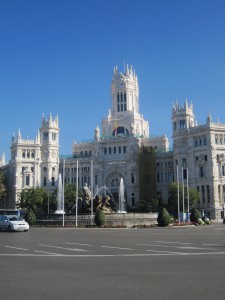
Plaza de Cibeles
One of the highlights of my trip was seeing the Palacio Real, the official residence of the King of Spain. I’ve seen Buckingham Palace on numerous occasions and I’ve always been in awe of it, but the Palacio Real might even trump it in my opinion (Sorry Queen Elizabeth!). Along with the Royal Palace, I also visited Plaza Espana, Puerta de Toledo, Plaza Mayor, Almudena Cathedral, the Debod Temple, Puerta del Sol, Plaza de Cibeles, the Santiago Barnebeu, Plaza Monumental de las Ventas and numerous other sights. It was a great couple of days walking around and viewing the sights and embracing everything Madrid has to offer. It was also a wake-up call for me, however. Apparently my Spanish isn’t as good as I thought it was as I found out at about every restaurant I attempted to order food at!
Seeing fascinating buildings and visiting historic sites is great, but in order to truly embrace a country and its culture you have to converse with the people. A sign at the airport when I arrived welcomed me by saying ‘Bienvenidos’, but it was the people in Madrid who really helped me feel welcome in their city. Everywhere I went people were friendly, even if they didn’t speak more than a sentence of English. I’ll always remember Madrid for its beauty and splendor, but I am absolutely certain I will never forget the countless people who chose to make a foreigner like me feel welcome in their remarkable city and wonderful country. Salud, Madrid…
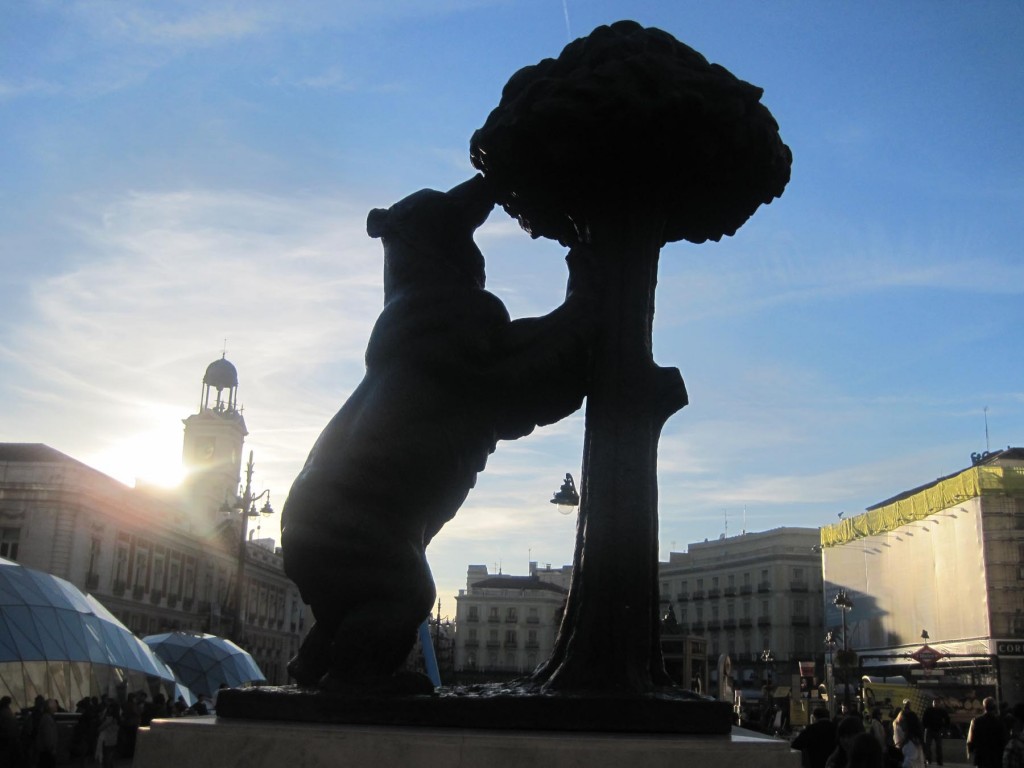
Bear and the El Madroño Tree at Puerta del Sol
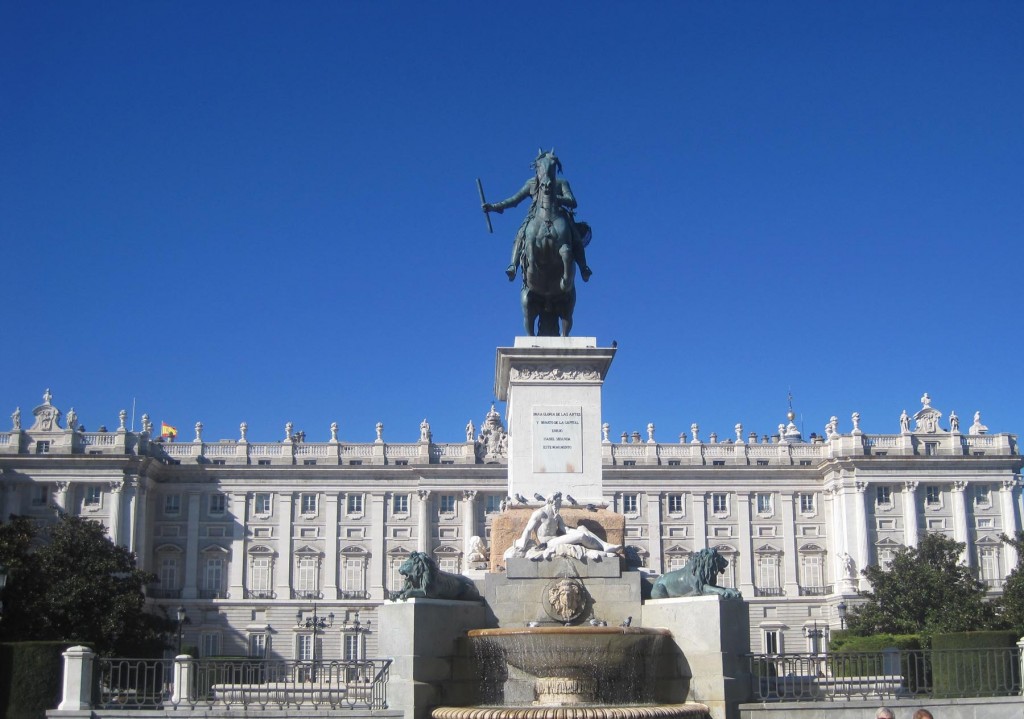
Palacio Real
To view more photos from my trip to Madrid visit my album.
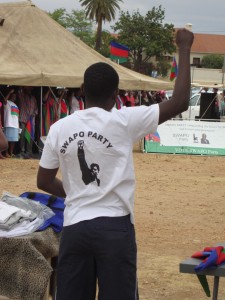
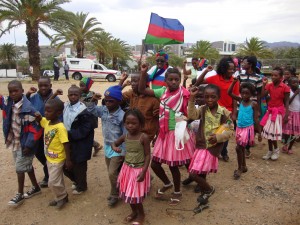
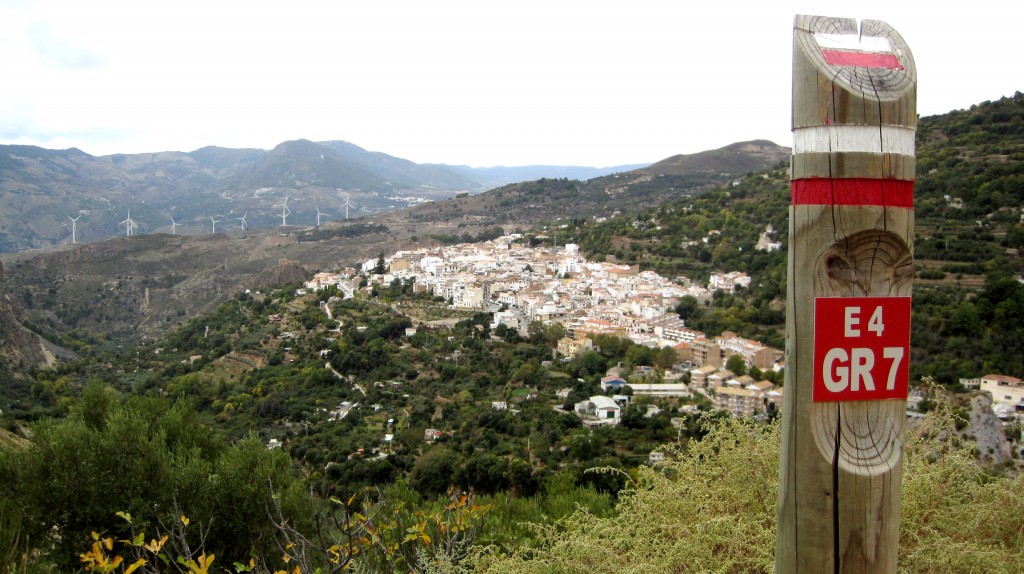
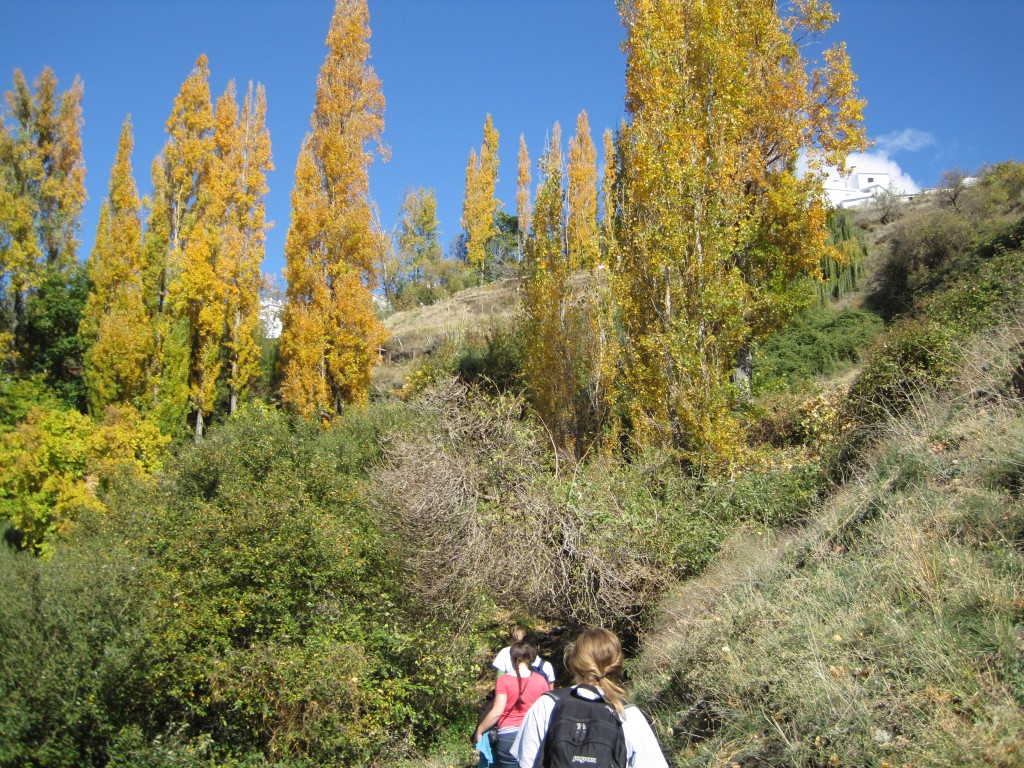
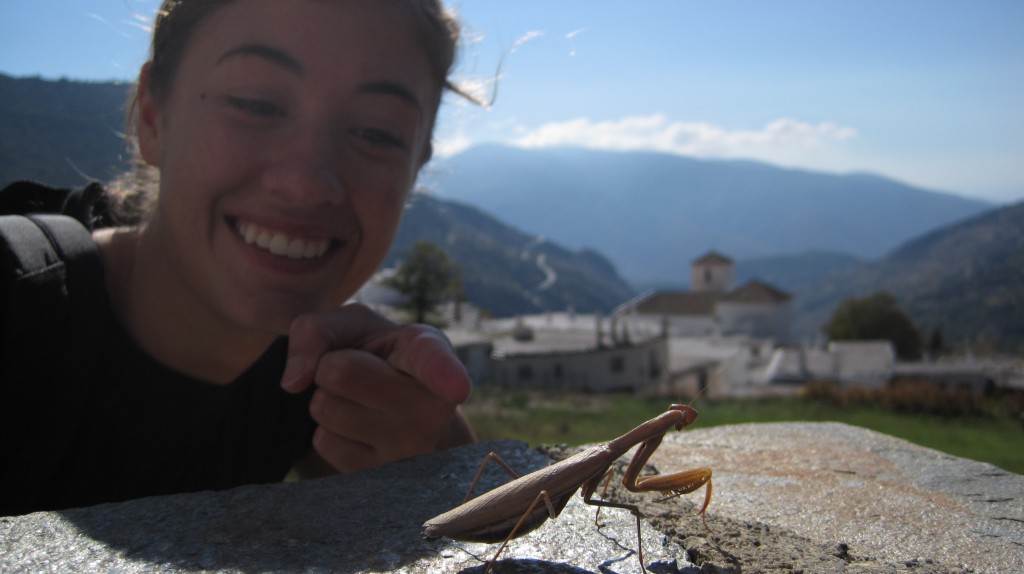
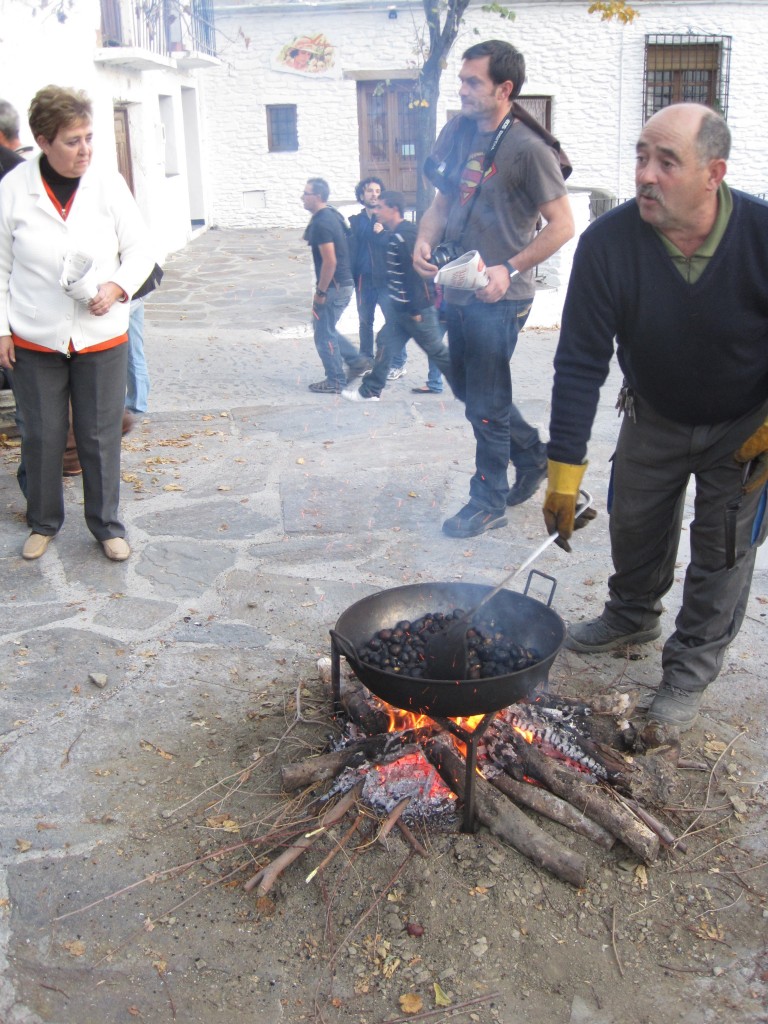

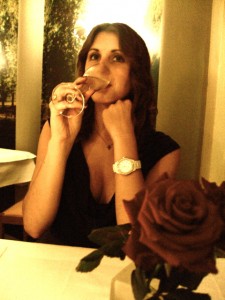
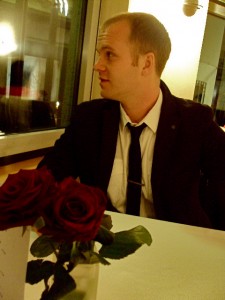
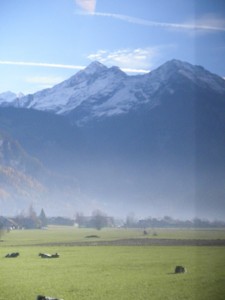
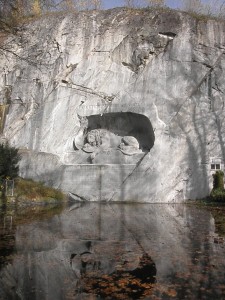
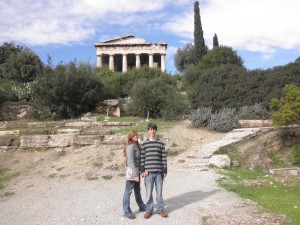
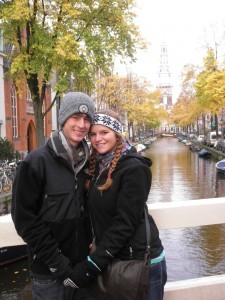


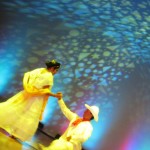
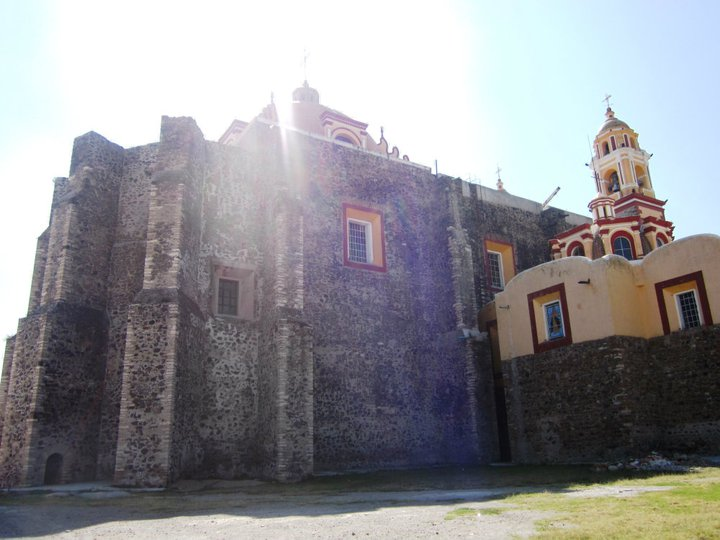
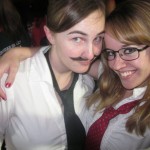
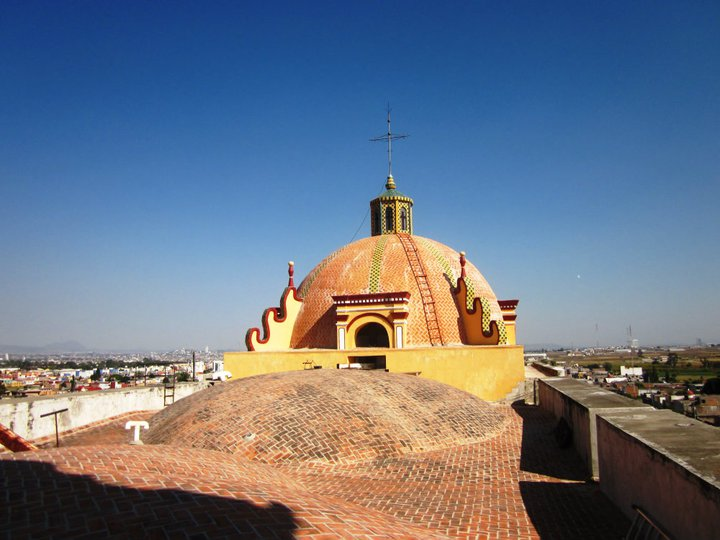
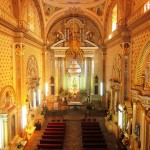
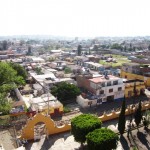
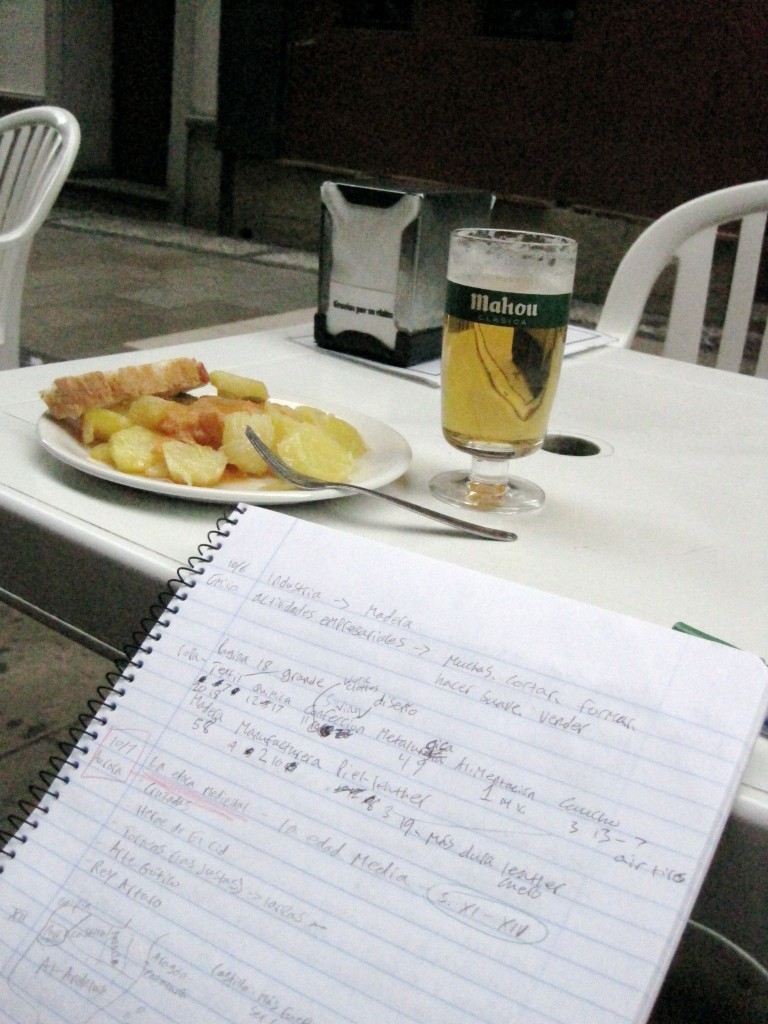 and then, depending on the bar, you get anything from a small serving of Jamón Serrano to whole plate full of Mariscos (seafood, usually clams and the like). Not being a red meat eater and being a little skiddish of clams (although fish are amazing here) I have been a big fan of Patatas a Lo Pobre, which I heartily enjoyed at Bar La Abadía. Athough the bartender was in need of a shower, he was nice enough and left me in peace as I sat outside and reviewed for midterms. What’s great (although sometimes problematic) about Spain is that no one cares how long you stay at their bar or cafe. They won’t even pester you by asking if you want another drink. The problem side is payment, sometimes you have to pretend like you’re leaving in order to get a check. Of course, that can also be quite funny. I really enjoy the relaxed manner of tapas though, sitting uninterrupted for one hour to study over good food and a beer for only 1.70 euro was just what I needed.
and then, depending on the bar, you get anything from a small serving of Jamón Serrano to whole plate full of Mariscos (seafood, usually clams and the like). Not being a red meat eater and being a little skiddish of clams (although fish are amazing here) I have been a big fan of Patatas a Lo Pobre, which I heartily enjoyed at Bar La Abadía. Athough the bartender was in need of a shower, he was nice enough and left me in peace as I sat outside and reviewed for midterms. What’s great (although sometimes problematic) about Spain is that no one cares how long you stay at their bar or cafe. They won’t even pester you by asking if you want another drink. The problem side is payment, sometimes you have to pretend like you’re leaving in order to get a check. Of course, that can also be quite funny. I really enjoy the relaxed manner of tapas though, sitting uninterrupted for one hour to study over good food and a beer for only 1.70 euro was just what I needed.